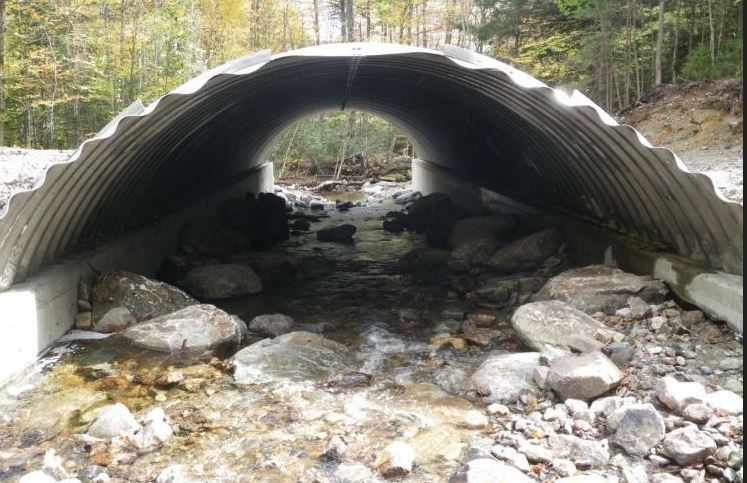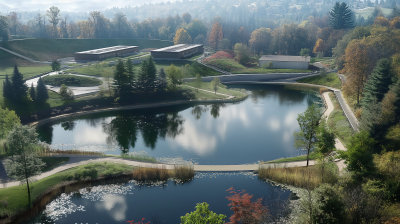
Catalog Advanced Search
-
Contains 3 Component(s), Includes Credits Includes a Live Web Event on 2024/12/01 at 3:00 PM (MST)
On the Takitimu North Link Project there is a complex set of stream diversion and culvert installation works being undertaken which have provided numerous erosion and sediment control challenges. A new stream channel is being diverted adjacent to an existing closed out landfill. However, it was discovered that there was a large volume of rubbish outside the footprint of the leachate line which turned a straight forward stream diversion into a complex contaminated land remediation exercise whilst working beneath the water table and within large volumes of leachate runoff.
The Stream Diversion and the Landfill
Date: 2 December 2024: Australia/NZ
Time: 9:00 AM Australian Eastern Daylight TimeDate: 1 December 2024: USA
Time: 3:00 PM Mountain TimeDuration: 1 hour
Presented by: Stephanie Kirk
On the Takitimu North Link Project there is a complex set of stream diversion and culvert installation works being undertaken which have provided numerous erosion and sediment control challenges. A new stream channel is being diverted adjacent to an existing closed out landfill. However, it was discovered that there was a large volume of rubbish outside the footprint of the leachate line which turned a straight forward stream diversion into a complex contaminated land remediation exercise whilst working beneath the water table and within large volumes of leachate runoff. Along with removal of the contaminated land, the new section of stream channel has been designed with a special liner to prevent leachate entering the waterway from the landfill. It has been a tricky, technical and rewarding erosion and sediment control and contaminated land crossover. This presentation seeks to highlight how often, there are crossovers between erosion sediment control and other technical disciplines and how to manage this.

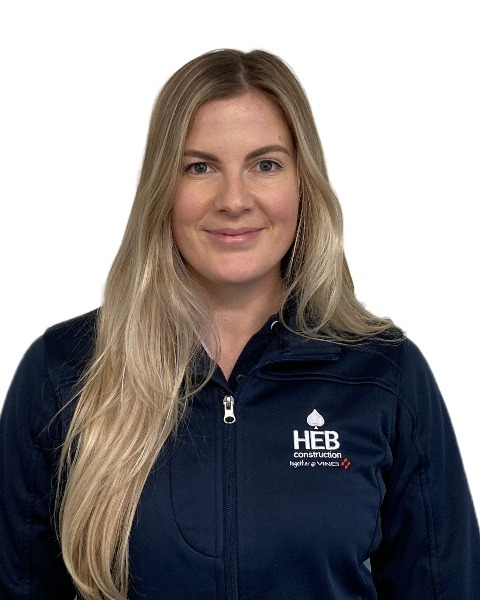
Stephanie E. Kirk
Environmental Manager - Takitimu North Link
HEB Construction
Stephanie has spent almost 10 years in the environmental/earthworks and erosion and sediment control space. Working for councils, client and the contractor she has seen all sides of the earthwork’s regulatory framework from planning to on the ground implementation.
This event is worth one (1) Professional Development Hour.
IECA is committed to fostering an environment of continuous learning and professional growth. Through a process of peer review and content selection standards, we ensure that our content is robust, relevant, and aligns with industry standards. We respect the authority of certification organizations to evaluate and accept professional development activities according to their criteria, acceptance of professional development credits is at the discretion of your certifying organization.
-
Register
- Non member - $40
- Professional member - $15
- Professional Plus member - Free!
- Professional Plus Org member - Free!
- Student member - $15
- Young Professional member - $15
- Emeritus member - $15
- Discounted Professional member - $15
- Australia Member - $15
- Australia Non-Member - $40
- Australasia Professional Plus - Free!
- More Information
-
Register
-
Contains 5 Component(s), Includes Credits Includes Multiple Live Events. The next is on 2024/09/18 at 1:00 PM (MDT)
Steve Polk and Ted Hartsig team for this Two Session program that will inform attendees about existing knowledge gaps that are plaguing designers and contractors of post-construction stormwater BMPs/SCMs. During professional careers spanning more than 40 years, Polk and Hartsig have seen far too many projects badly because key participants in the stormwater compliance industry still doesn't "know what they don't know," and in many cases "don't have the time" to investigate. During this program, Steve and Ted will inform you about some of the most frequent problems that drive teams to an unfulfilling project results.
Closing Existing Post-Construction BMP Design and Construction Knowledge Gaps | Two Part Series
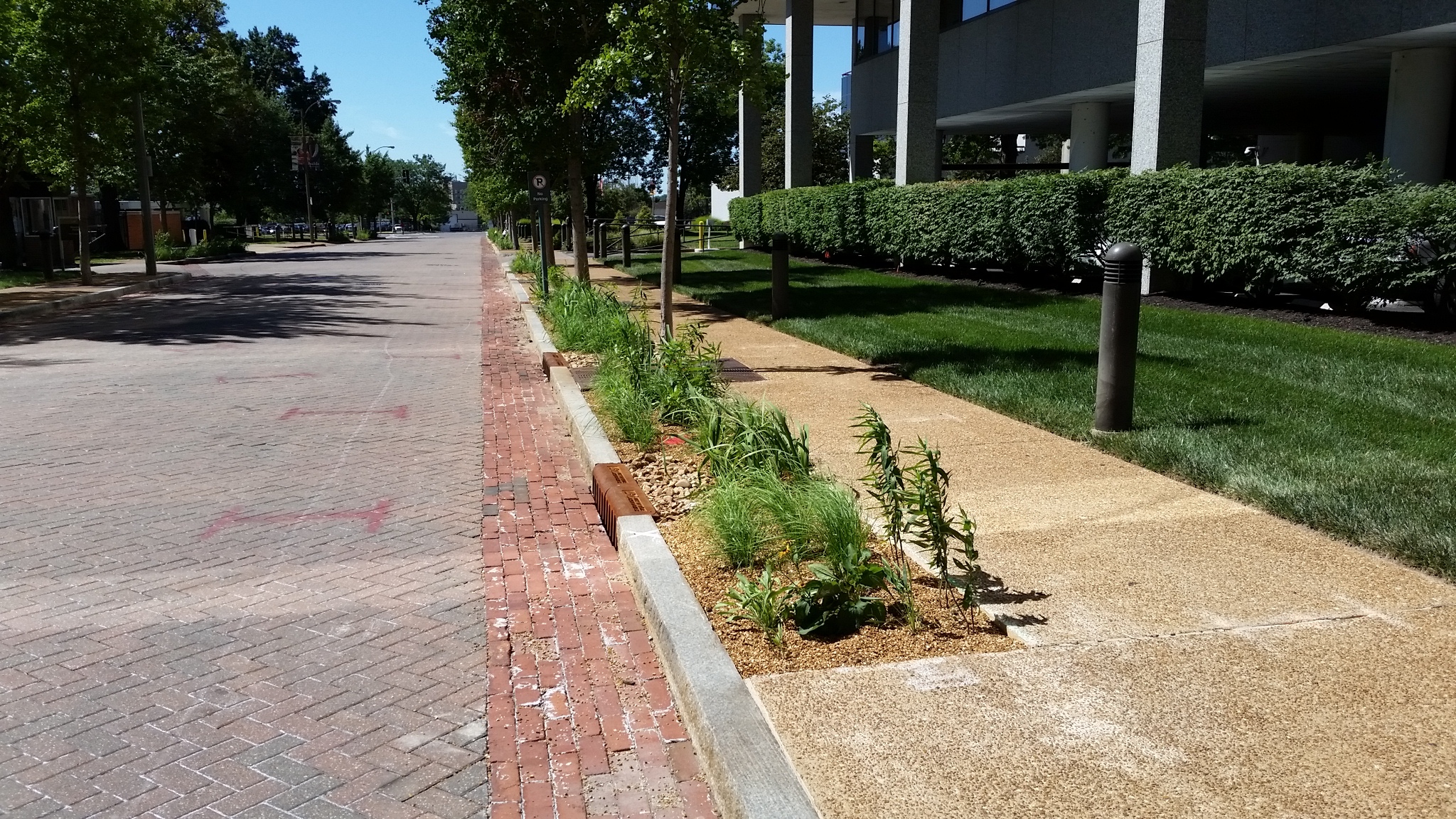
PART ONE
Date: 18 September 2024 | USA
Time: 1:00PM Mountain Time
Duration: 1 hourPresented by: Steve Polk, Founder & Managing Principal, Stormwater STL LLC
In Session One, Steve Polk, P.E., EMBA will provide an overview of stormwater management and green infrastructure regulations, from the adoption of the Clean Water Act of 1972 to the present day, explaining the role of regulations and their impact on capital and maintenance budgets for property owners and land developers. Attendees will also be introduced to the difference between structural and non-structural best management practices (BMPs), the building blocks for capturing and treating stormwater runoff. Attendees will also learn the roles and responsibilities of the Environmental Protection Agency and the EPA’s interaction with state and local authorities in the implementation and enforcement of stormwater quality regulations. By providing successful examples of BMP performance and highlighting factors that contribute to their effectiveness and efficiency, attendees will develop a better understanding of the importance of thoughtful and well-informed BMP design, construction, and maintenance techniques and will help attendees understand how integrating maintenance into the design and construction phases improves functionality and longevity of BMPs. Session One concludes with a preview of Session Two, which focuses on bioretention basin soil, the most complex and most often used BMP.
PART TWO
Date: 9 October 2024 | USA
Time: 1:00PM Mountain Time Duration: 1 hourPresented by: Ted Hartsig, Senior Soil Scientist/Natural Resources Restoration, Olsson
In this session, we will take a deep dive into the most important component of the most widely utilized post-construction stormwater BMP, the bioretention basin (aka rain garden). Soil - including controlled, engineered soils as designed for stormwater BMPs - are living entities that demand attention to detail critical to their success. Soil structure, chemistry, and biology must be a functioning part of the environment which surrounds it to provide successful stormwater services. Stormwater management represents an unbalanced environment in which soils that are designed to receive and treat increased stormwater runoff must be balanced to meet the performance objectives for stormwater control and management. We will provide details of soil physical, chemical, and biological properties necessary for successful bioretention and explore the role and function of the soil media in bioretention basins. We will also discuss the key characteristics and properties of the soil media, such as infiltration rate, porosity, organic matter, pH, and nutrient content, and how they can be measured and modified to optimize the performance of bioretention basins. Additionally, we will examine the challenges and opportunities for soil media selection, installation, and maintenance, and provide practical guidance and tips for achieving successful bioretention projects.
Learning Objectives:
- Understand the Why, When, and Where of post-construction stormwater quality regulations.
- Recognize the importance of balancing soil physical structure with the chemical and biological activity that's essential for BMP performance and sustainability.
- Learn about details of stormwater BMPs/SCMs that must be reconsidered and why "the way it's always been done" is no longer an appropriate or effective way to address a performance problem. HINT - it's the soil!

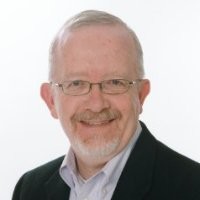
Steven W. Polk, P.E.
Founder & Managing Principal
After more than three decades of helping customers resolve zoning, site engineering and permitting challenges, Steve Polk elected to redirect his engineering business to the implementation of the NPDES Phase II regulations. Since that decision in 2008, he has focused his practice on the engineering, construction, inspection, testing and maintenance of stormwater quality management facilities. Stormwater STL now regularly inspects more than 225 projects multiple times each year, which provides well over 3500 BMP touchpoints each year and offers opportunities to see the components of all stormwater quality systems in action. His research into stormwater regulations nationwide, coupled with several dozen local, state, and national presentations on stormwater quality issues have positioned Steve and Stormwater STL as leaders in this rapidly evolving industry.
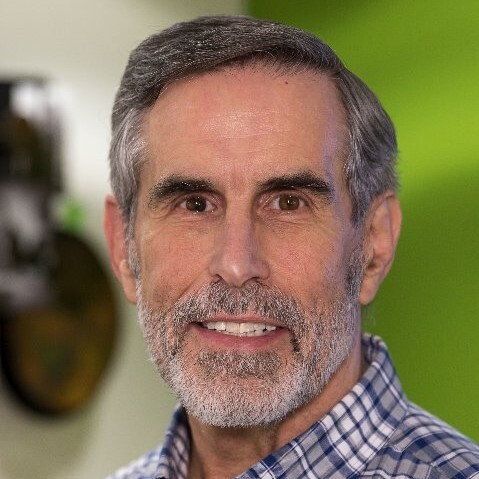
Ted Hartsig, MS CPSS
Senior Scientist
Olsson, Inc.
Ted has more than 40 years of experience as a professional soil scientist, specialized in natural resource management and restoration, including extensive experience in soil design and ecosystem restoration. He has also contributed to the development of soil and plant management strategies in both urban and rural landscape projects and regularly works with a multitude of professional teams charged with designing, constructing, and managing soils for conventional and native landscapes at parks and corporate campuses throughout the United States.
This event is worth one (1) Professional Development Hour.
IECA is committed to fostering an environment of continuous learning and professional growth. Through a process of peer review and content selection standards, we ensure that our content is robust, relevant, and aligns with industry standards. We respect the authority of certification organizations to evaluate and accept professional development activities according to their criteria, acceptance of professional development credits is at the discretion of your certifying organization.
-
Register
- Non member - $40
- Professional member - $15
- Professional Plus member - Free!
- Professional Plus Org member - Free!
- Student member - $15
- Young Professional member - $15
- Emeritus member - $15
- Discounted Professional member - $15
- Australia Member - $15
- Australia Non-Member - $40
- Australasia Professional Plus - Free!
- More Information
-
Contains 3 Component(s) Includes a Live Web Event on 2024/08/14 at 9:00 AM (MDT)
Join Aaron Harper and Donald Pearson as they share four decades of experience highlighting the significance of groundcover and vegetation in linear construction, particularly from the Piedmont to the Coast of North Carolina.
Valuing Groundcover and Vegetation as a Tool from Start to Finish
August 14, 2024
Time: 9:00AM Mountain Time
Duration: 1 hourIn partnership with Stormwater Solutions, this webinar will help audiences understand the significance of ground cover and vegetation as a BMP in linear construction.
Presented by: Aaron Harper and Donald Pearson
Effective management of construction stormwater and soil erosion is a critical aspect of land development projects. Best Management Practices (BMPs) are essential for mitigating the risks associated with these activities. A systematic approach that routes runoff to specific conveyances where energy-reducing BMPs can capture and treat sediment-laden water is a predominant approach adopted by many developers and contractors. Among the various BMPs, groundcover stands out as a highly effective method for reducing erosion and sedimentation, thereby improving the quality of runoff before it is discharged.
Groundcover comes in a variety of options, some when combined with seeding, can significantly reduce erosion and enhance soil stability. The North Carolina Department of Transportation recognizes the importance of groundcover and phased vegetation establishment in managing erosion risks. Contract language, financial incentives, vegetation management plan guidance, seed species selection, and inspection emphasis are all combined to provide contractors the opportunity to be successful. This comprehensive strategy provides contractors with the tools they need to effectively manage soil erosion during construction. Join Aaron Harper and Donald Pearson as they share four decades of experience highlighting the significance of groundcover and vegetation in linear construction, particularly from the Piedmont to the Coast of North Carolina. Their insights underscore the value of groundcover and vegetation as a practical BMP that can reduce erosion and create opportunities to improve stormwater runoff from active construction projects.
Learning Objectives:
- Prioritizing groundcover and vegetation throughout construction phases and not viewing as a regulatory hurdle to overcome in order to complete the project.
- Groundcover and Vegetation disrupts energy of rainfall and allows for reduced energy of overland flow to create potential for infiltration and reduced stormwater runoff.
- Recognize how planning and execution of a groundcover and vegetation management plan can help achieve expectations, meet requirements of the general construction permit, and satisfy inspection requirements.
- Identifying and addressing the challenges of poor soil fertility, low pH, soil compaction, and other factors in the pursuit of releasing improved stormwater quality.

Aaron Harper PE
NCDOT Roadside Environmental Field Operations Engineer
Aaron is a 2012 graduate of North Carolina State University where he received a Bachelor of Science degree in Biological and Environmental Engineering with a focus in Environmental Engineering. After graduation, he began working in the Roadside Environmental Unit of the North Carolina Department of Transportation. During his career with NCDOT REU Field Operations he has served six different Divisions, covering 37 counties from the Coastal Plain to the Piedmont. In 2017, Aaron obtained licensure as a Professional Engineer in Civil Engineering – Transportation.
Aaron’s responsibilities with NCDOT’s Roadside Environmental Unit include oversite of numerous infrastructure projects and maintenance activities to ensure environmental compliance with the North Carolina Sedimentation and Pollution Control Act, State and Federal Water Quality requirements, and NPDES permit expectations. Aaron also serves on NCDOTs Research Steering and Implementation Committee to provide field perspective on current research partnerships between NCDOT and NC State University.
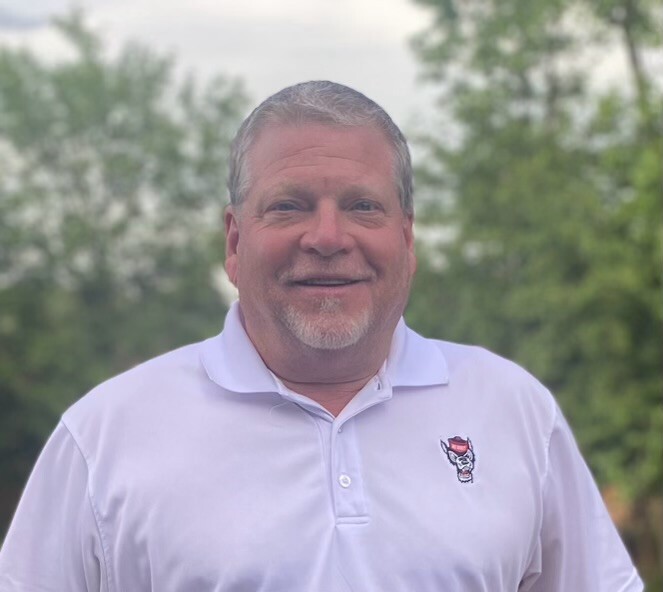
Donald Pearson, EI, CPESC
Assistant Resident Engineer
Summit Design and Engineering Services
After graduation from North Carolina State Universities Biological and Agricultural Department in 1990, Donald began a 30-year career with the North Carolina Department of Transportation’s Roadside Environmental Unit that ended with his retirement in May of 2021. Donald started a second career with Summit Design and Engineering Services in late June 2021. Donald’s responsibilities with NCDOT’s Roadside Environmental Unit included oversite of numerous infrastructure projects within the Piedmont area of the State to ensure environmental compliance with the North Carolina Sedimentation and Pollution Control Act, State and Federal Water Quality requirements, and NPDES permit expectations. Donald obtained his Certification as an Engineering Intern in 1999, his Certified Professional in Erosion and Sediment Control Certification (CPESC) in 2004, and his Certified Erosion, Sediment and Stormwater Inspector Certification (CESSWI) in 2023. He has his Remote Pilot Certificate for operating Unmanned Aerial Vehicles (Drones) and utilizes that skill to assist in a variety of operations on Highway Construction Sites within North Carolina.
Donald co-instructs the Level 1 and 2 Erosion and Sediment/Stormwater Control Certification Classes, through NC State University’s Crop and Soil Science Department, for individuals planning to work on NCDOT projects. He is currently serving his second three-year term on the NC Sedimentation Commission’s Technical Advisory Committee which offers support and guidance for the State’s Land Resources group staffed under the NC Department of Environmental Quality. He also serves on the IECA Educational Track Erosion and Sediment Control Subcommittee.
IECA is committed to fostering an environment of continuous learning and professional growth. Through a process of peer review and content selection standards, we ensure that our content is robust, relevant, and aligns with industry standards. We respect the authority of certification organizations to evaluate and accept professional development activities according to their criteria, acceptance of professional development credits is at the discretion of your certifying organization.
-
Register
- Non member - $40
- Professional member - $15
- Professional Plus member - Free!
- Professional Plus Org member - Free!
- Student member - $15
- Young Professional member - $15
- Emeritus member - $15
- Discounted Professional member - $15
- Australia Member - $15
- Australia Non-Member - $40
- Australasia Professional Plus - Free!
- More Information
-
Contains 3 Component(s), Includes Credits Includes a Live Web Event on 2024/08/06 at 5:00 PM (MDT)
Join our webinar on "Regenerative Ecological Fitness in Erosion Control" to explore how integrating Indigenous wisdom and sustainable practices can transform erosion control into a cost-saving and ecologically beneficial strategy. Learn from Townsville's success in creating its own SESC products and services, showcasing practical applications and new business opportunities that enhance ecosystem resilience and reduce costs.
Collaboratively Building Ecological Fitness and Stacked Offsets in the Ross River Dam
Converting Weeds into Healthy Soils to Filter, Delay, Store and Heal one of the Largest Dams in Queensland
Date: 7 August 2024: Australia/NZ
Time: 9:00 AM Australian Eastern Standard TimeDate: 6 August 2024: USA
Time: 5:00 PM Mountain TimeDuration: 1 hour
Presented by: Jason Lange
Regenerative Ecological Fitness embodies an ongoing journey, embracing nature, adaptability, and Indigenous wisdom to nurture landscapes. It leverages weeds as resources, utilizing their potential to establish cover, control water velocity, and foster ecological complexity for large-scale restoration. This approach, rooted in Indigenous knowledge, fosters resilience, acknowledging the value of the journey itself rather than a fixed destination. Join our webinar exploring Regenerative Ecological Fitness in erosion control. Discover how Indigenous wisdom and weed utilization can establish vital cover, mitigate water velocity, and foster ecosystem complexity for large-scale restoration. Learn how these transferable techniques can benefit councils and landowners across Australia, offering scalable practices rooted in Indigenous knowledge and adaptable to diverse landscapes. The webinar showcases practical applications and case studies, emphasizing the potential of these approaches to drive impactful change, fostering resilience, managing erosion, and promoting ecological restoration across broad territories.


Jason Lange
Jason Lange is a devoted dad, husband, and co-founder of Atlas Soils and Resource Recovery Network, where he pioneers innovative solutions in soil erosion and sediment control. With over two decades of experience, Jason is a leading figure in transforming waste management practices and enhancing soil health through sustainable initiatives across North Queensland.
At the forefront of SESC innovation, Jason collaborates with the International Water Centre and experts like Professor Sam Ham to apply Thematic Communication strategies aimed at improving SESC compliance. His groundbreaking work includes developing a range of soil health and SESC products derived from city waste. As the founder of Atlas Soils, Jason has been instrumental in building a suite of regionally transferable solutions that address critical environmental challenges.
Jason's collaboration with Townsville City Council has led to the co-development of catchment-scale circular economy outcomes that significantly enhance SESC practices. His contributions include the co-creation of the open-sourced Living Bags®, now widely used across Townsville for flow management and soil improvement, marking a substantial advancement in local government area management practices.
Under Jason’s leadership, Atlas Soils has secured a $500,000 support package from Coles, highlighting his ability to forge strong partnerships and drive community-centric sustainability initiatives. His Resource Recovery Network operates as a disruptive business model, innovating products and services that enhance the interconnectedness of soil, human, and city health.
Jason Lange is a practical innovator and a down-to-earth advocate who champions collaborative, effective solutions in the evolving landscape of environmental sustainability.
This event is worth one (1) Professional Development Hour.
IECA is committed to fostering an environment of continuous learning and professional growth. Through a process of peer review and content selection standards, we ensure that our content is robust, relevant, and aligns with industry standards. We respect the authority of certification organizations to evaluate and accept professional development activities according to their criteria, acceptance of professional development credits is at the discretion of your certifying organization.
* EnviroCert International has listed this webinar as acceptable professional development.
-
Register
- Non member - $40
- Professional member - $15
- Professional Plus member - Free!
- Professional Plus Org member - Free!
- Student member - $15
- Young Professional member - $15
- Emeritus member - $15
- Discounted Professional member - $15
- Australia Member - $15
- Australia Non-Member - $40
- Australasia Professional Plus - Free!
- More Information
-
Register
-
Contains 3 Component(s), Includes Credits Recorded On: 2024/07/17
This presentation will focus on utilizing Composite Bentonite Aggregate (CBA) technology to provide cost effective solutions that address water seepage and erosion. Functional use in both civil and geotechnical applications will be reviewed.
Using Composite Particle Technology: Practical Applications and Relevant Project Examples
ON-DEMAND
Duration: 1 hourPresented by: Allen Bullock
Numerous challenges are associated with establishment, maintenance, restoration and repair of wetland and stream systems. Some of these include; creation of low-permeable barriers to contain water, repair of leaking dikes or berms (i.e. due to animal damage) and establishment of sub-aquatic vegetation in shall water environment (i.e. for emergent wetland species). Solutions to many of these challenges can be provided through the use of a Composite Bentonite Aggregate (CBA). This is an innovative and unique manufactured product widely applied for sealing civil and geotechnical infrastructure applications to mitigate seepage. Applications used throughout the country include sealing around pipelines as an anti-seep collar or trench dam and for repair of leaking ponds or dams. Using a composite particle technology approach, CBA utilizes ordinary aggregate coated with a high swelling sodium bentonite clay to create a finished product that is a stable dry particle which can be simply and rapidly placed in both upland and subaqueous environments. When hydrated in freshwater conditions, the bentonite swells and fills the void space of the aggregate, resulting in a self-compacted impervious mass with hydraulic conductivity of 1x10-7 cm/sec or lower. The natural components of the CBA resist degradation, and the plastic nature of the hydrated product withstands damage from freeze-thaw cycles and seismic forces. For wetland submergent restoration applications CBA technology has been adapted to address the challenges of placing seeds in the water. This technology involves binding select wetland specie seeds within the clay matrix and provides an alternative to traditional means of plant propagation in wetland/aquatic settings that tend to be very costly and labor intensive. With a higher weight and specific gravity, utilizing CBA technology as a deployment platform for seeding is desirable especially when confronted with habitats prone to fluctuating water levels. Practical applications of CBA will be shown, along with relevant examples of project performance of which erosion controls are effective in preventing sediment runoff, land users across various industries will be better equipped to effectively manage their sites and prevent sediment-laden water entering our waterways.
Learning Objectives:
- Understand the properties of Composite Bentonite Aggregate (CBA), and its relevance to civil and geotechnical applications.
- Learn about the CBA geotechnical properties for enhanced performance.
- Become familiar with basic geotechnical applications in which CBA can be an ideal solution.
- Explore examples of successful installations of CBA for geotechnical applications.

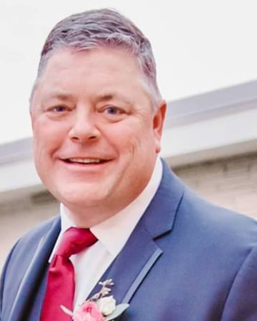
Allen Bullock
Vice President of Sales
Aquablok
Allen M. Bullock, currently serves as Vice President of Sales for AquaBlok, Ltd. His technical areas of expertise are: Sediment remediation, geosynthetic clay liners (GCL) and both in-situ and ex-situ solidification/stabilization of soils and semi-solids. In this capacity, he has authored several publications on in-situ technologies for sediment treatment and presented in a variety of regional and international seminars and symposia.
Mr. Bullock is a graduate of Illinois State University and has served on numerous environmental committees for both industrial and government interests.
-
Register
- Non member - $40
- Professional member - $15
- Professional Plus member - Free!
- Professional Plus Org member - Free!
- Student member - $15
- Young Professional member - $15
- Emeritus member - $15
- Discounted Professional member - $15
- Australia Member - $15
- Australia Non-Member - $40
- Australasia Professional Plus - Free!
- More Information
-
Contains 3 Component(s), Includes Credits Recorded On: 2024/06/26
Since 2001, GTC has used “shredded” wood material generated from tree clearing activities to immediately stabilize transmission line rights of way. The shredded wood material degrades in a mosaic pattern which extends protection from erosion and sedimentation as vegetation re-establishes.
Shredded Wood Material for Rights of Way Stabilization
A Case Study – Georgia Transmission Corporation
On-Demand
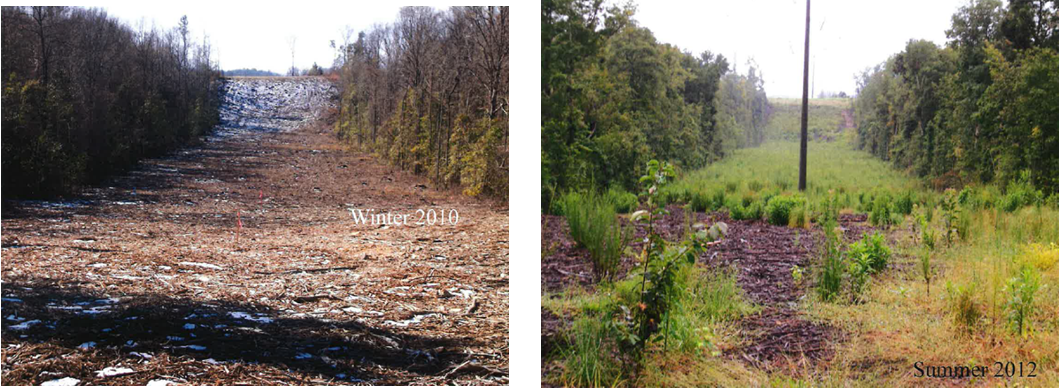
Presented by: Lauren Atteberry
Georgia Transmission Corporation (GTC) is an electric transmission cooperative that builds and maintains overhead high voltage transmission lines and substations. GTC builds approximately 30 miles of new transmission lines and 10 substations per year. These numbers are projected to more than double over the next several years. As such, GTC has a robust erosion and sediment control program to ensure compliance with the National Pollution Discharge Elimination System Stormwater Construction Permit that is managed by the State of Georgia. Since 2001, GTC has used “shredded” wood material generated from tree clearing activities to immediately stabilize transmission line rights of way. An added benefit to this practice is that it complements future ROW vegetation management maintenance programs which are required to prevent electrical outages due to conflicts with canopy tree species. A case study was conducted in 2012 to document the benefits of using this technique for both short term and long term stabilization of ROWs. The practice involves the shredding of wood material generated by project tree clearing that is then applied to areas where construction related land disturbance has occurred. This practice is only used on 0-33% slopes at a depth of 4-6 inches. Case study results indicate that shredded wood material provides immediate soil stabilization. The shredded wood material degrades in a mosaic pattern which extends protection from erosion and sedimentation as vegetation re-establishes over the following years. Other benefits of this practice include that it retains onsite topsoil, encourages re-establishment of vegetation that already naturally occurs in the area, eliminates wood waste from landfills, reduces frequency of ROW inspections and has reduced landowner complaints during construction.
Learning Objectives:
- Georgia integrated Transmission System & Powerline Construction Overview
- GTC Clearing Specifications & Operations
- Case Study discussing benefits of shredded wood material for final stabilization of the ROW

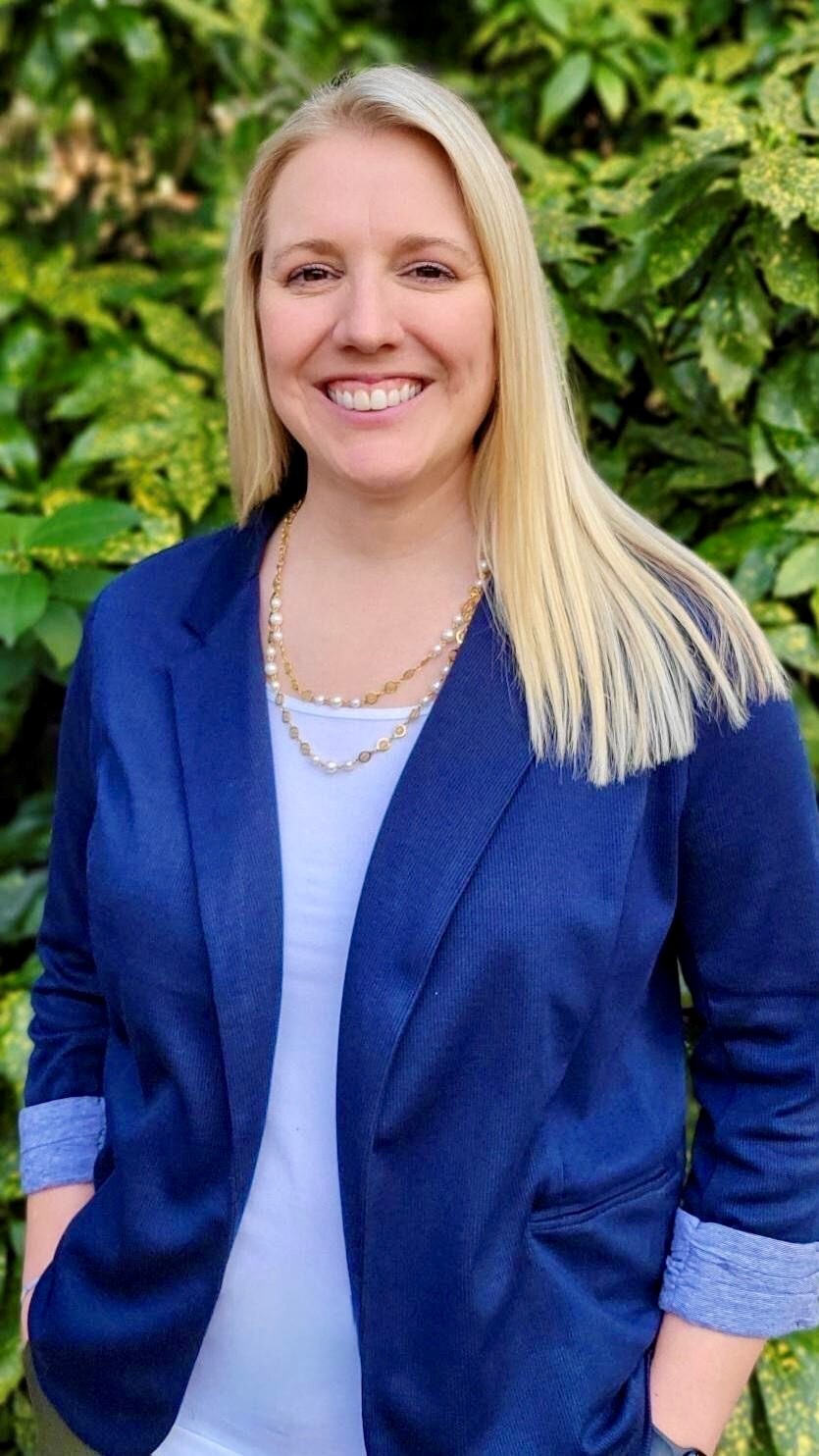
Lauren Atteberry
Environmental Specialist, II
Georgia Transmission
Lauren is an environmental project manager with over 16 years of experience in environmental permitting, monitoring, data collection, analysis, and reporting. She efficiently coordinates multiple agencies and project stakeholders to ensure environmental compliance, work plan development, and program implementation for linear construction projects. In her role with GTC, she is responsible for developing project environmental compliance requirements, bid packages for clearing contracts, NPDES program implementation, and construction access plan development.
-
Register
- Non member - $40
- Professional member - $15
- Professional Plus member - Free!
- Professional Plus Org member - Free!
- Student member - $15
- Young Professional member - $15
- Emeritus member - $15
- Discounted Professional member - $15
- Australia Member - $15
- Australia Non-Member - $40
- More Information
-
Contains 3 Component(s), Includes Credits Recorded On: 2024/05/07
Increased rainfall intensity with climate change is being incorporated into design rainfalls and runoff guidelines which can be used for erosion and sediment management on construction sites. Erosion and sediment controls are beneficial for construction sites impacted by increases in high intensity rainfall events to meet legislative requirements and reduce the burden on sediment basins.
Evaluation of Erosion and Sediment Control Options Under Simulated High Intensity Rainfall
ON DEMAND
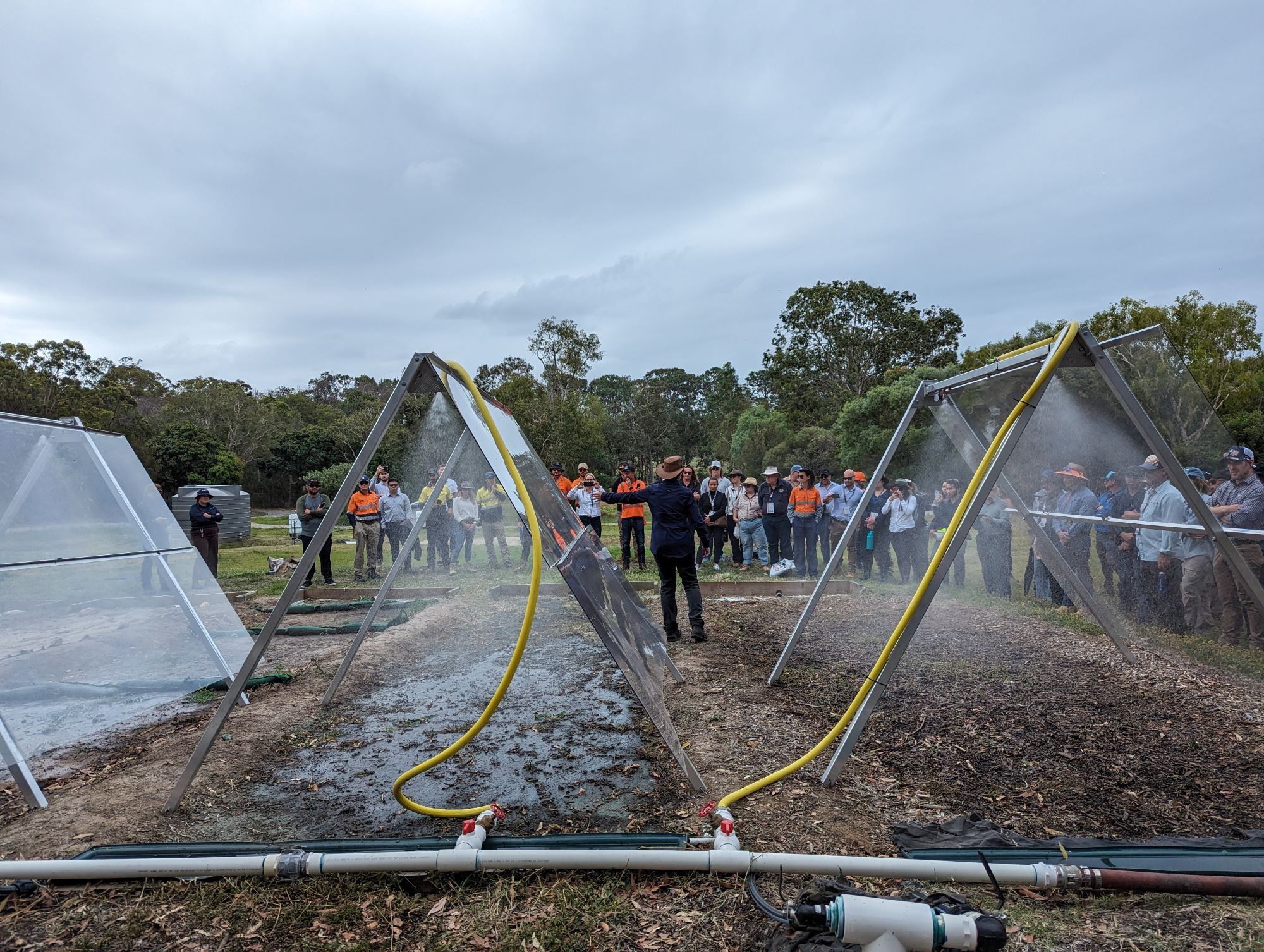
Presented by: Dr Luke Verstraten
In any effective Erosion and Sediment Control strategy, primary erosion control should be a key focus. Erosion and sediment controls are beneficial for construction sites impacted by increases in high intensity rainfall events to reduce the burden on sediment basins. It is becoming common practice to increase design rainfall intensities to account for climate change making a focus on erosion control even more crucial. Substantial improvements to water quality can be achieved with erosion and sediment controls, with some erosion controls limiting TSS concentrations to well below the requirements of legislation under simulated high-intensity rainfall conditions. Effective erosion control methods help construction site policy makers, designers and erosion control professionals achieve the objectives for site compliance. By gaining an understanding of which erosion controls are effective in preventing sediment runoff, land users across various industries will be better equipped to effectively manage their sites and prevent sediment-laden water entering our waterways.

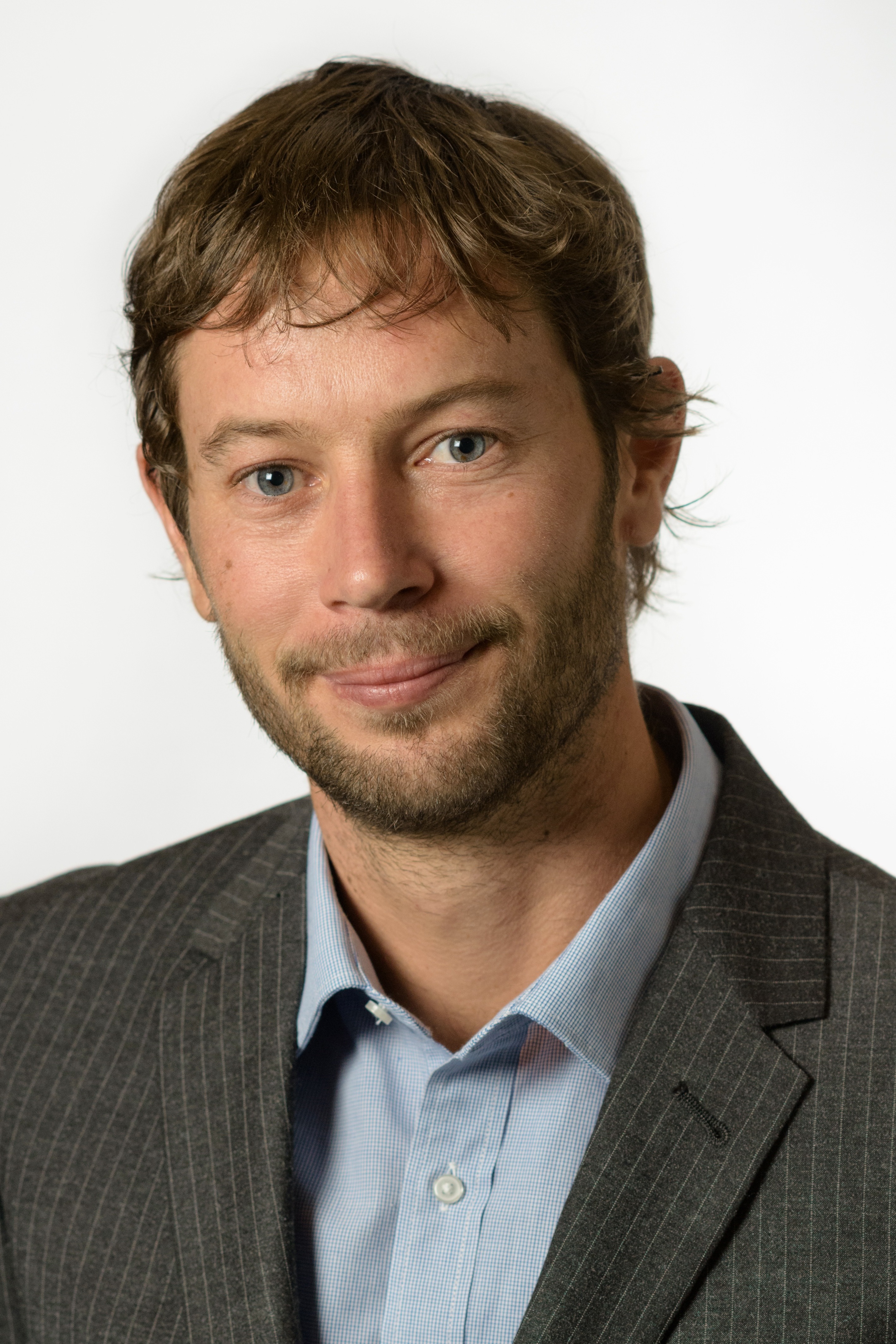
Luke Verstraten
Lecturer in Environmental Science and Engineering
University of the Sunshine Coast
Dr Luke Verstraten is a Lecturer in Environmental Science and Engineering, with a research focus on reducing the risk of flooding as well as the negative downstream effects of pollutants entrained in stormwater from construction sites and urban developments, both under current conditions and consideration of the impacts of climate change and urbanisation.
-
Register
- Non member - $40
- Professional member - $15
- Professional Plus member - Free!
- Professional Plus Org member - Free!
- Student member - $15
- Young Professional member - $15
- Emeritus member - $15
- Discounted Professional member - $15
- Australia Member - $15
- Australia Non-Member - $40
- More Information
-
Register
-
Contains 3 Component(s), Includes Credits Recorded On: 2024/04/23
This webinar will present many of the practical and cost-effective climate resilient measures that can be implemented for roads to adapt to climate change. Emphasis is given to needed drainage and road-stream crossings measures useful to reduce the risk of storm damage.
Climate Resilient Measures for Roads and Other Infrastructure
On Demand
Presented by: Gordon Keller, PE, GE & Mark Weinhold, PE
Billions of dollars in damage have been sustained and many lives lost from climate-related storms and fires in recent years. The objective of this webinar is to present some of the road and infrastructure measures that can reasonably be implemented to reduce the vulnerability or likelihood of damage from
natural disasters. Current road maintenance and attention to thorough drainage detail are critical to avoid concentration of water on roads and prevent damage. Properly designed culverts with conservative capacity and measures to prevent plugging or stream diversion are needed. Stream simulation designed culverts that match natural channel characteristics offer resilience against storms. Various slope stabilization and erosion control measures can be particularly useful to add resilience to roads and prevent landslides, debris flows, and other types of storm damage.

Gordon Keller, PE, GE Geotechnical Engineer
Geotechnical Engineer
GENESEE GEOTECHNICAL
Mr. Keller is a licensed Civil and Geotechnical Engineer in California, with over 50 years of project experience with low-volume roads, bridges, drainage, and materials. He is a consultant involved in international roads training on rural road design and best management practices, storm damage repairs, and environmental impact mitigation. Recent work has focused on methods to help reduce the vulnerability of roads infrastructure to the impacts of floods, intense storms, and fires.
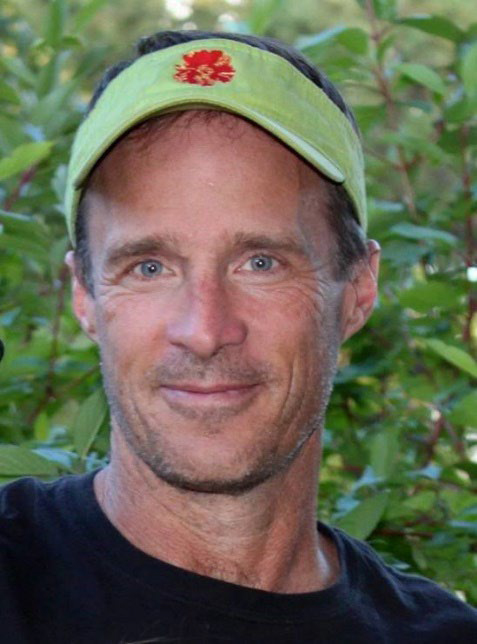
Mark Weinhold, PE, Hydraulic Engineer
Hydrology/Hydraulic Engineering
USDA Forest Service
Mr Weinhold is a licensed Civil and Hydraulic Engineer working with the US Forest Service National Stream and Aquatic Ecology Center team. He is a senior engineer involved in the assessment, design, and repair of road-stream crossings and the implementation of stream simulation structures for aquatic organism passage as well as climate resilience. He has many years of international experience working with watershed management, roads, and drainage infrastructure.
-
Register
- Non member - $40
- Professional member - $15
- Professional Plus member - Free!
- Professional Plus Org member - Free!
- Student member - $15
- Young Professional member - $15
- Emeritus member - $15
- Discounted Professional member - $15
- Australia Member - $15
- Australia Non-Member - $40
- More Information
-
Register
-
Contains 6 Component(s), Includes Credits Recorded On: 2024/01/31
Flocculants are powerful tools that have been used for decades to control erosion, stabilize soil, and remove harmful contaminants from water. Flocculant treatments can meet very low discharge limits, allowing sites to stay in compliance, meet regulations and improve stormwater quality and clarity. Applied Polymer Systems introduced flocculants to the erosion and stormwater industries in the 1990s, drawing from decades of research and use in mining effluent treatment. Anionic polyacrylamide is the most widely accepted and commonly used flocculant due to being both safe for aquatic life, and highly effective.
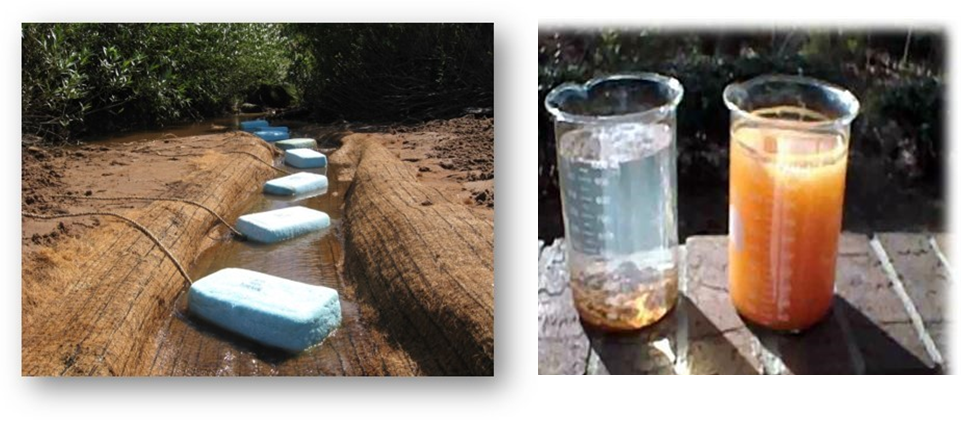
[On Demand] LET'S TALK FLOC: Three Part Series
A flocculant webinar from the company that brought
flocculant (Floc) Logs and Polymer Enhanced BMPs to the industrySeries Presenters: Seva Bray, Vice President; Kyla Wood, Head of Research and Development & Eddie Snell, Technical Specialist - Applied Polymer Systems
Flocculants are powerful tools that have been used for decades to control erosion, stabilize soil, and remove harmful contaminants from water. Flocculant treatments can meet very low discharge limits, allowing sites to stay in compliance, meet regulations and improve stormwater quality and clarity. Applied Polymer Systems introduced flocculants to the erosion and stormwater industries in the 1990s, drawing from decades of research and use in mining effluent treatment. Anionic polyacrylamide is the most widely accepted and commonly used flocculant due to being both safe for aquatic life, and highly effective.
PAM use is rapidly expanding across the US and world thanks to its safety for environmental applications and effectiveness at targeting and removing difficult and common pollutants like clay, sediments, and metals. In our Let’s Talk Floc Part 1 webinar we detailed the movement and growth of PAM use for erosion and sediment control from its introduction in the 1990s to its widespread and growing adoption in the US today. We also spoke about the important factors that influence how we use flocculants safely and effectively. In Let’s Talk Floc Part 2, we will build on this important information and focus on case studies and examples of how PAMs were, and currently are being utilized to successfully manage erosion, sediment, metals, and stormwater on multiple projects across the United States and Canada. Join Applied Polymer Systems, the company who brought flocculant technologies to this industry 25 years ago, in the second part of our two series Let’s Talk Floc webinar, as we cover how to effectively, safely, and efficiently use flocculants in the field to meet stormwater and erosion and sediment control goals and requirements.
Thanks to years of education and concerted effort by universities, companies, and organizations like the IECA, flocculant use has evolved from sparse use of what many deemed mysterious “fairy dust”, to widespread adoption and a push towards standardized flocculant training, use and application. With many states recently adopting, preparing to adopt, or considering adopting anionic polyacrylamide into their toolboxes (i.e. pre-approved flocculant lists, QPLs/APLS, or erosion control and stormwater manuals) interest in flocculants and demand for training and information has reached levels never seen before in our industry. Despite expanded use and interest, confusion and questions still exist, and education is needed to ensure flocculants are used safely and effectively. Join Applied Polymer Systems, the company who brought flocculant technologies to this industry 25 years ago, as we cover how to effectively, safely, and efficiently use flocculants to enhance traditional best management practices to meet stormwater and erosion and sediment control goals and requirements.
In the first parts of our Let’s Talk Floc webinar series we provided participants a foundation on how to select safe and effective flocculants and polyacrylamides and introduced their many uses for improving erosion and sediment control and stormwater quality. In the second part of this series we built on this information and focused on completed projects including robust dewatering and mainstream theme park applications to provide examples of how PAMs were, and currently are being utilized to successfully manage erosion, sediment, and water clarification. In our third and final Let’s Talk Floc Webinar we will use this foundation and apply the acquired skills and knowledge to work through projects that have a need for flocculant use from start to finish. Participants who have not yet had the opportunity to view Let’s Talk Floc 1 or 2, but have a basic understanding of how polymer flocculants work, and their various E&SC and stormwater applications can still benefit from this upcoming presentation and learn the process of proper flocculant planning and use. This interactive webinar will use example sites and give an opportunity for participant participation to work through the flocculant process including planning, regulations, sampling for product matching and selection, application, troubleshooting, maintenance, and disposal.
Part One Learning Objectives:
- Understanding the basics of flocculant technologies and how to select safe and effective flocculants for treatment systems
- Understand what anionic polyacrylamide is, how it works, and why it is the standard flocculant used for erosion and sediment control and stormwater treatment in the industry
- Gain a basic knowledge and understanding of the steps needed to apply, maintain, and troubleshoot flocculants in field applications
- Recognize how traditional BMPs may be enhanced using anionic PAM to improve sediment control and water treatment
Part Two Learning Objectives:
- Review how to select appropriate flocculants for projects based on specific project goals and site characteristics.
- Learn components needed to plan and implement effective PAM treatments for Erosion and Sediment Control and Stormwater Management.
- Understand common management and use requirements for PAM applications through real world examples and case studies of PAM treatments.
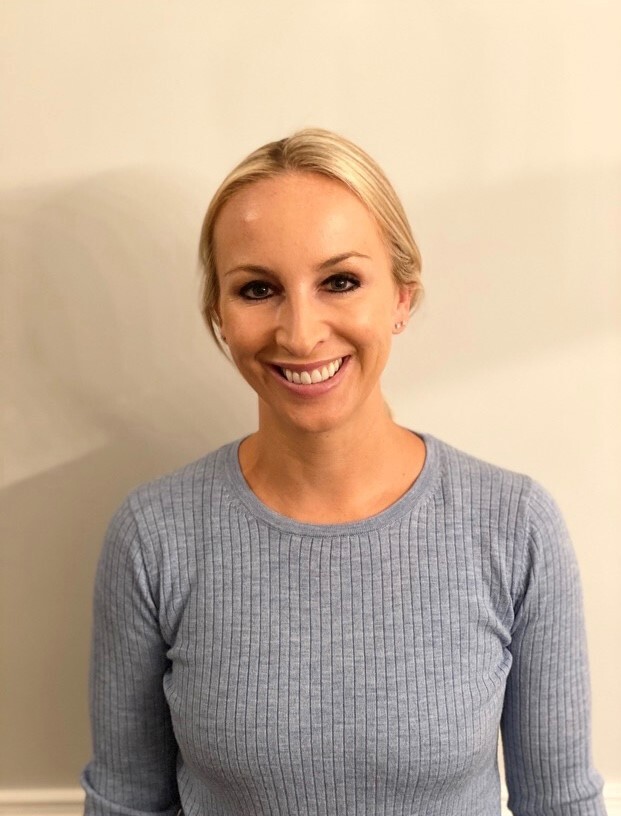
Seva Iwinski Bray
Vice President
Applied Polymer Systems
Seva Iwinski Bray is an environmental scientist, Vice President of Applied Polymer Systems, and a co-founder of IY Progen Systems. She has over 15 years of experience in erosion and sediment control and stormwater management utilizing flocculant treatments. She holds a BS in Bioenvironmental Science from Texas A&M University. Her most common industry roles include technical training to educate companies, agencies, engineers, and other industry professionals on flocculant treatments that are safe for use in the open environment as well as assisting in continual research and advancements for polymers in E&SC and water clarification.
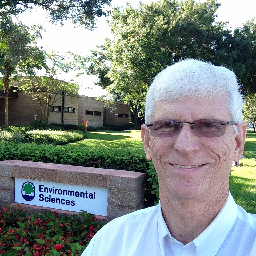
Eddie Snell
Technical Specialist
Eddie Snell works for Applied Polymer Systems, Inc. and has over 40 years of experience working in the watershed protection, erosion, sediment control, and stormwater industries. Prior to working for Applied Polymer Systems, Inc, Eddie worked for the Walt Disney World Company and the Reedy Creek Improvement District (local government) in the environmental management and watershed programs division. He holds a four-year degree in environmental science. His passion in life is the immediate and future protection of water resources.
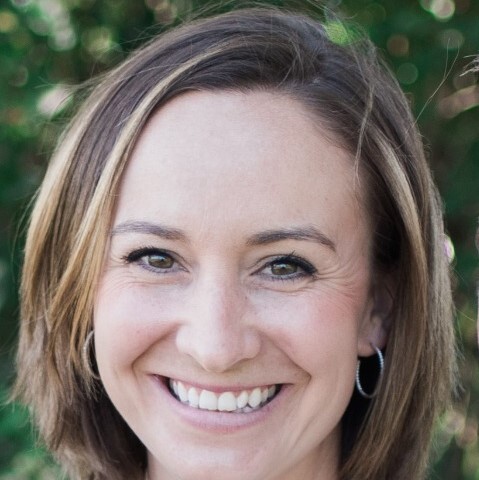
Kyla J. Iwinski-Wood, PhD
VP Research and Development
Applied Polymer Systems, Inc.
Kyla Iwinski-Wood is an environmental toxicologist with a passion for clean water and applying science to find real world solutions. She works for Applied Polymer Systems where her primary roles are researching new or improved polymer uses and technologies as well as assisting with technical training, support, and presentations. She worked as a consultant for APS beginning in 2007 until accepting a permanent position as head of Research and Development in 2016. She holds a PhD from Clemson University where her doctoral work focused on water resource management and ecotoxicology. She also has a master’s degree in biology from Northern Michigan University where she investigated the feasibility of polyacrylamide for removing nuisance and toxic algae from freshwater.
Each webinar in this series is worth One (1) Professional Development Hour. A total of Two (2) Professional Development Hours are available in this series.
-
Register
- Non member - Free!
- Professional member - Free!
- Professional Plus member - Free!
- Professional Plus Org member - Free!
- Student member - Free!
- Young Professional member - Free!
- Emeritus member - Free!
- Discounted Professional member - Free!
- Australia Member - Free!
- Australia Non-Member - Free!
- Australasia Professional Plus - Free!
- More Information
-
Contains 2 Component(s), Includes Credits
This webinar will celebrate and showcase the Australasian Chapter's Environmental Excellence Award winners for 2023. Bruce Highway, Cairns Southern Access Corridor (Stage 3) - Edmonton to Gordonvale Project (E2G) - AND - NIWA Weather Forecasting – A New Zealand First in the Construction Industry.
IECA Australasia Chapter's Environmental Excellence Award Winners for 2023

On-Demand
PDH Credits: 1Bruce Highway, Cairns Southern Access Corridor (Stage 3) - Edmonton to Gordonvale Project (E2G)
Presented by: Andrew Kindness

The Bruce Highway, Cairns Southern Access Corridor (Stage 3) - Edmonton to Gordonvale Project (E2G) is located south of Cairns in Far North Queensland.
It marks a significant advancement in infrastructure, focusing on the duplication of a 10.5 kilometre stretch of the Bruce Highway and realignment and upgrade of 4.7 kilometres of the Queensland Rail North Coast Line. Accompanying these primary objectives is the construction of new local roads, pedestrian and rail bridges.
Situated in a floodplain region, E2G contended with a unique set of environmental challenges - from constructing multiple bridges and managing tropical soils to grappling with unpredictable weather.
E2G's unique approach to implementing innovative solutions for environmental management, while weathering three tropical wet seasons and two tropical cyclones, without diminishing their commitment to erosion and sediment control performance will be discussed in this presentation. Hear how they adopted innovative technologies, utilising drones for site mapping and erosion and sediment control evaluations, initiated trials for new erosion and sediment control products, and championed strategies that intertwined sustainability goals with erosion and sediment control planning.
NIWA Weather Forecasting – A New Zealand First in the Construction Industry
Presented by: Stephanie Kirk
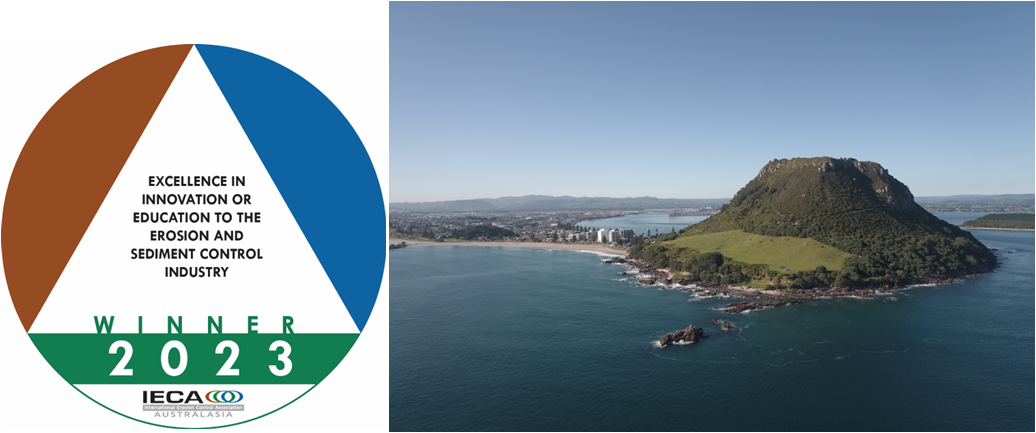
Everything we do in the erosion and sediment control space is driven by the weather. Is it going to rain today, will that cyclone really end up hitting our site, do we need to install additional measures to help prepare? We focus on continually improving erosion and sediment control device design, investing in the latest water quality technology, applying chemical flocculants, and many more. When the weather governs so much of our world, why are most contractors not going above and beyond to invest in quality weather forecasting software?
This presentation will compare the accuracy of publicly available weather forecasting sites when compared with a top-tier weather forecasting provider and how investing in quality forecasting software can help your site save time and money and help you prepare more accurately for weather events.


Stephanie E. Kirk
Environmental Manager - Takitimu North Link
HEB Construction
Stephanie has spent almost 10 years in the environmental/earthworks and erosion and sediment control space. Working for councils, client and the contractor she has seen all sides of the earthwork’s regulatory framework from planning to on the ground implementation.

Andrew Kindness
HSA Group (John Holland, Seymour Whyte, Aecom)
Andrew Kindness is a skilled Sustainability and Environmental Advisor with a strong background in Environmental Sustainability and diverse experience in infrastructure construction. His experience spans projects such as the Sydney Metro TSE Mega Project, Blue Mountains Heritage Station Upgrades, and the E2G project in Cairns. As a member of IECA and a CPESC, Andrew has a keen interest in the erosion and sediment control discipline. Currently, he leads sustainability outcomes for the Cairns Southern Access Corridor Stage 3: Edmonton to Gordonvale (E2G) Project in Cairns while also supporting the team in managing erosion and sediment control using best practices. His dedication to innovation and knowledge-sharing has positioned him as a valued professional in the field of sustainability and environmental management.
-
Register
- Non member - $40
- Professional member - $15
- Professional Plus member - Free!
- Professional Plus Org member - Free!
- Student member - $15
- Young Professional member - $15
- Emeritus member - $15
- Discounted Professional member - $15
- Australia Member - $15
- Australia Non-Member - $40
- More Information
-
Register








